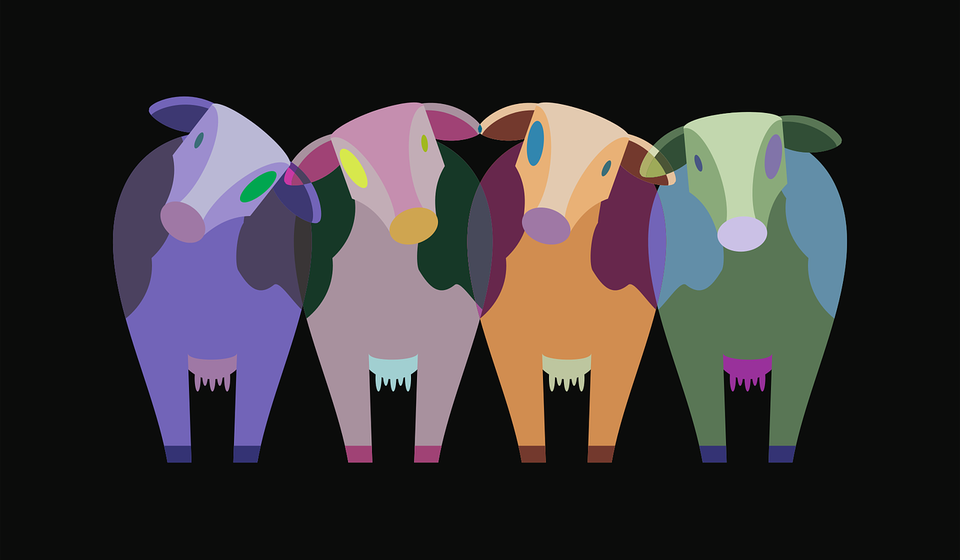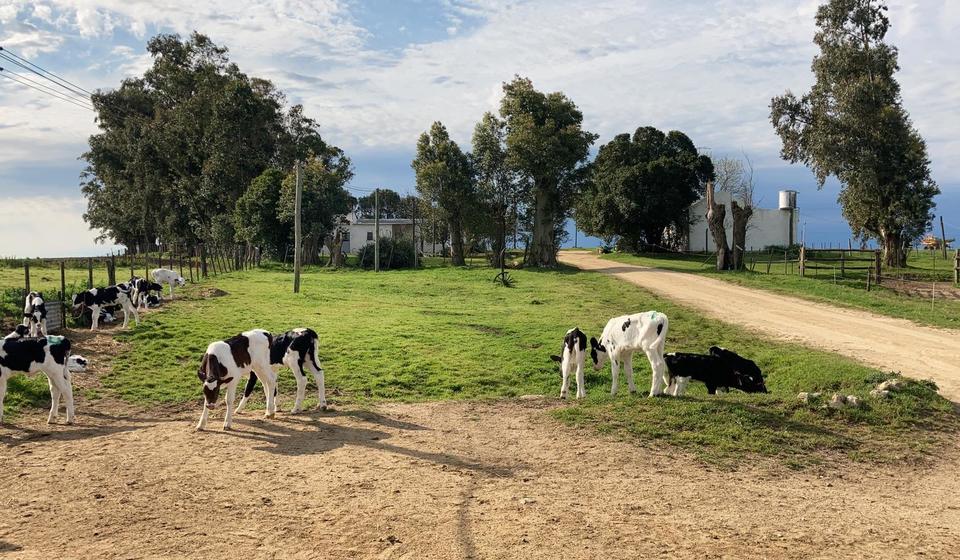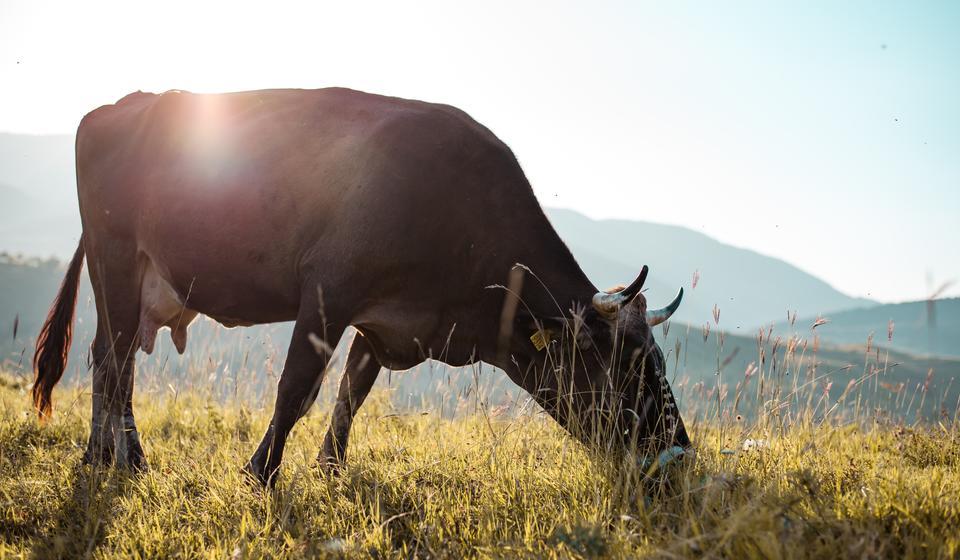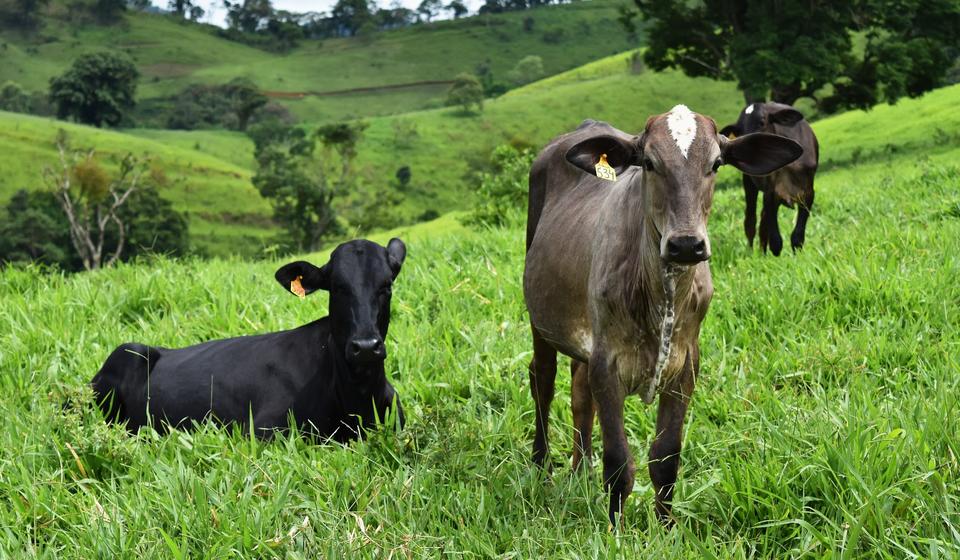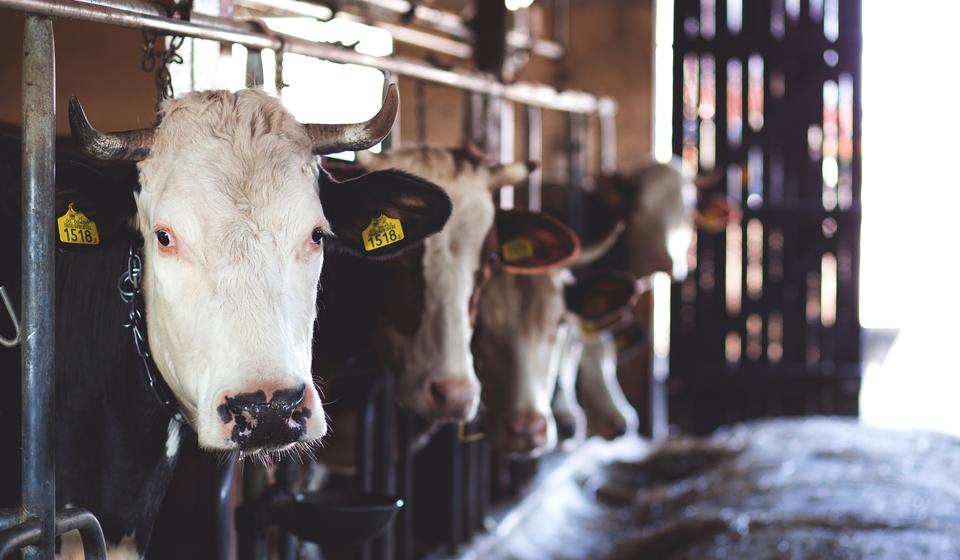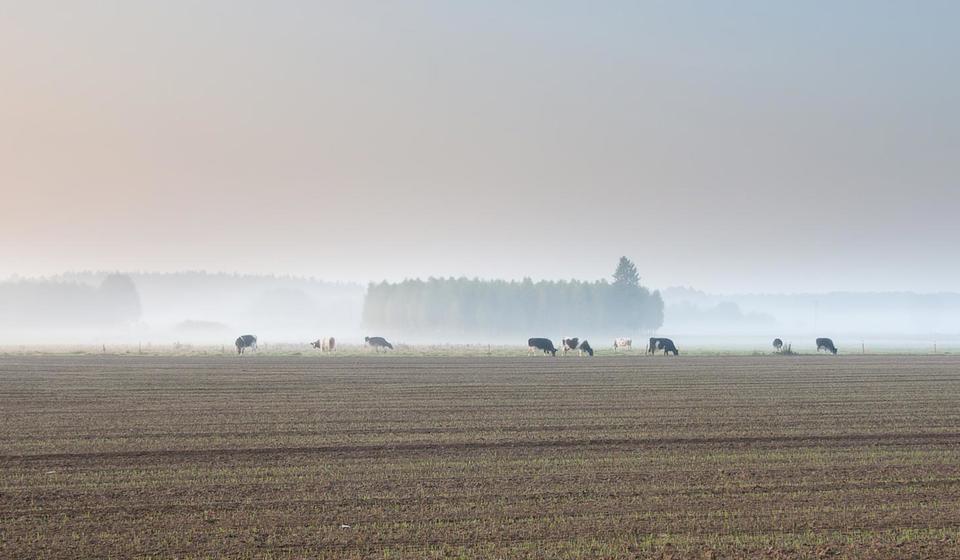Tag:
Cattle
In April 2020, as processing facilities in Minnesota (MN) shut down due to COVID-19 outbreaks, producers struggled to find outlets for their animals ready for slaughter. The MN Pork Board estimates 450,000 hogs were euthanized in Minnesota and Iowa.
Minnesota recorded a significant increase of COVID-19 cases this month, ranking 6th in the country of per capita cases during the month of November. Minnesota’s highest daily number of deaths were recorded November 24th with 101 deaths.
Bovine tuberculosis (bTB) is one of the most widespread zoonotic bacterial infections affecting cattle around the globe, and in Uruguay the disease has become more widespread in the past two decades.
In part two of this Weekly Topic, we will discuss the tradeoffs of different ruminant systems, and steps toward a more productive approach to valuing those impacts.
Ruminant agriculture—food production from cud-chewing livestock species including cattle, sheep, goats, and camels—has a complicated relationship with people and our planet. It is crucial to recognize and value the diverse functions and contributions of ruminants to planetary health in order to move toward livestock systems which are beneficial and sustainable in the long run.
Our monthly series of CAHFS Spotlights highlights our residents, graduate students, faculty, and staff. This month, we're spotlighting PhD candidate Catalina Picasso who works within our Data Analysis Research Team at CAHFS.
An investigation into a case of drug-resistant human brucellosis that started in November 2018 was traced to Miller’s Biodiversity Farm in Pennsylvania. Brucella bacteria is usually killed in the pasteurization process, but the farm marketed raw milk products. The state quarantined sales of products while the investigation was taking place.
Undercover footage filmed in an abattoir in Poland appears to show extremely sick cows being slaughtered. The video from a slaughterhouse located in the central Polish region of Mazovia depicts sick cows unable to stand and being dragged by their horns and legs out of trucks and into the abattoir using a winch.
Noelle Noyes uses her background in social sciences, business, and veterinary epidemiology to bridge the gap between researchers and farmers. “I'm very adamant about making sure my research has some connection to actual problems producers are facing."

